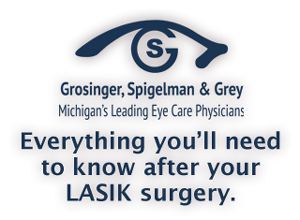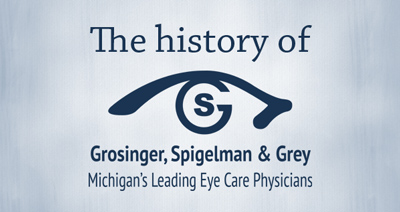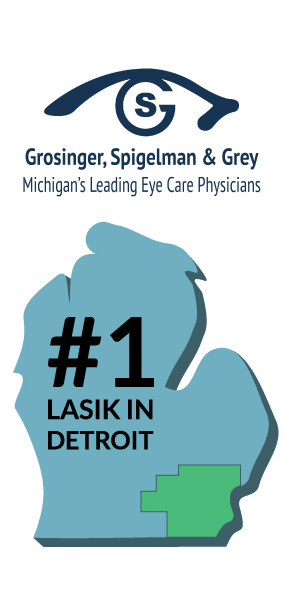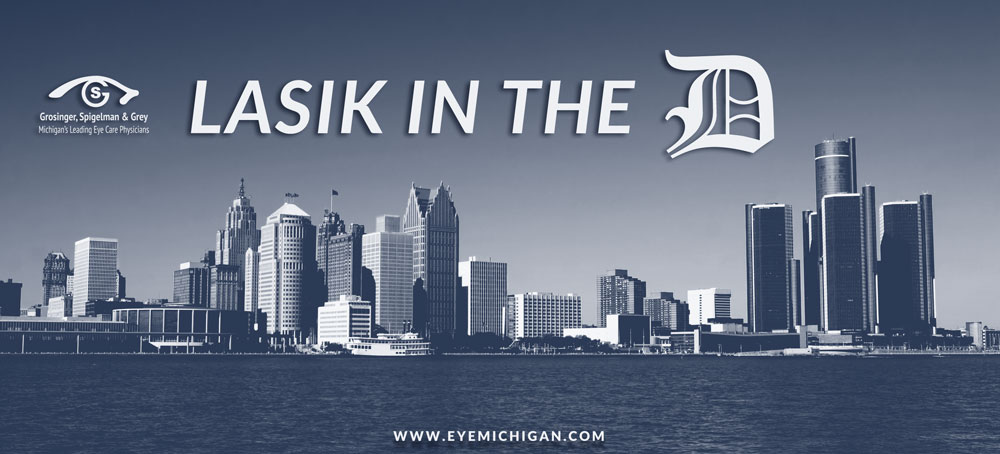 LASIK surgery has a substantially high success rate, but like with every surgery there could be side effects. In the case of LASIK surgery, these side effects are not long term and are mostly minor. They are also dependent on the type of LASIK one has performed on them: Custom, Bladeless, or traditional. Traditional LASIK can have more side effects than Custom, for instance, because the technology allows for better precise cuts and it is generally a more refined. All in all, side effects can include dry eyes, sensitivity to light, issues with night vision, or short period of loss of clarity.
LASIK surgery has a substantially high success rate, but like with every surgery there could be side effects. In the case of LASIK surgery, these side effects are not long term and are mostly minor. They are also dependent on the type of LASIK one has performed on them: Custom, Bladeless, or traditional. Traditional LASIK can have more side effects than Custom, for instance, because the technology allows for better precise cuts and it is generally a more refined. All in all, side effects can include dry eyes, sensitivity to light, issues with night vision, or short period of loss of clarity.
Dry eyes, above all other effects, have the highest probability of occurring. It can easily be resolved with moisture eye drops than be purchased at a pharmacy or prescribed by our doctors. With repetition of the use of these drops, your eyes should be back to normal within a few weeks at most.
Light sensitivity can be quite irritating for those who just had the surgery performed. This is due to the urge most would have to rub their eyes to help adjust to the light, but especially right after the surgery, one shouldn’t rub their eyes because it could interrupt the healing process of the corneal flap reattachment. The flap is repositioned after the surgery and rubbing of the eyes could move it. In that case a patient would have to visit their surgeon again to have it repositioned and the healing process would be extended. Over all, sensitivity to light goes away within a few days post-surgery.
There is a chance of the corneal flap not being able to heal correctly due to positioning, and this could lead to night vision problems. It could easily be fixed by making a visit to your surgeon to have it repositioned again. The night vision problems are caused by your eye having trouble with contrast in low lighting. However, one may also experience glare or halos from light, or star bursts, which are spiky shapes seen around light sources. With the repositioning of the flap, this could go away over a span of a few months.
Grosinger, Spigelman & Grey feel it’s important to provide their clients with all information available regarding the surgery they are about to have. If you have any other question please give our offices a call today at (248) 333-2900.








